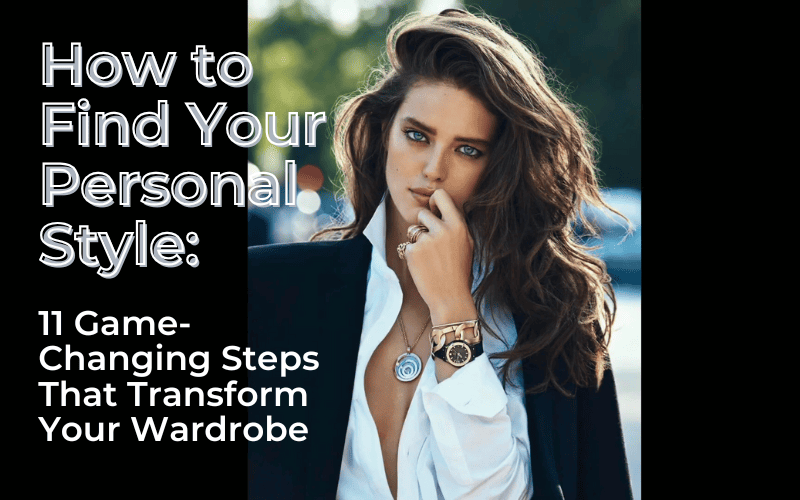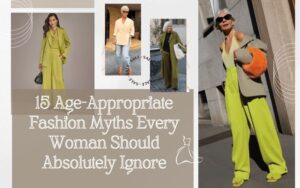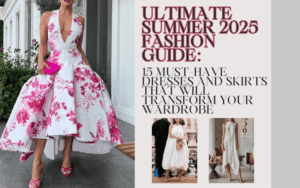How to find your personal style isn’t just about following trends—it’s about discovering what makes you feel confident, authentic, and absolutely gorgeous every single day. Whether you’re staring at a closet full of clothes with “nothing to wear” or you’re ready to completely reinvent your look, these 11 stylist-approved steps will help you build a wardrobe that’s uniquely you.
Why Finding Your Personal Style Matters More Than Ever
In a world where fashion trends change faster than we can keep up, developing your personal style becomes your style anchor. It’s not about having the most expensive designer pieces or following every Instagram influencer’s outfit formula. How to find your personal style is really about understanding yourself—your body, your lifestyle, and what makes you feel like the best version of yourself.
According to fashion psychology research, the clothes we wear significantly impact our confidence and how others perceive us. When you know your personal style, getting dressed becomes effortless, and you’ll always look put-together without trying too hard.
Step 1: Master Your Body Proportions and Geometry
The foundation of learning how to find your personal style starts with understanding your body’s unique proportions. This isn’t about fitting into outdated “body shape” categories—it’s about recognizing what silhouettes make you feel amazing.
Take time to identify which parts of your body you love most and want to highlight. Maybe you have killer legs, gorgeous shoulders, or a tiny waist. Understanding your proportions helps you choose cuts and styles that enhance your natural beauty while ensuring you feel comfortable and confident.
Professional stylists always start here because once you understand your body’s geometry, shopping becomes so much easier. You’ll instinctively know which dress will flatter you and which jeans will make you feel incredible.

Step 2: Discover Your Perfect Color Palette
Color is absolutely crucial when figuring out how to find your personal style. The right colors can make your skin glow, your eyes pop, and your entire look more cohesive and expensive-looking.
Start by paying attention to which colors you receive the most compliments in. Look at your current wardrobe and notice patterns—are you drawn to warm tones like rust and camel, or do you gravitate toward cool blues and grays?
Consider getting a color analysis consultation or experiment with different color families near your face in natural lighting. Once you identify your most flattering shades, you can build foolproof color combinations that always work together.

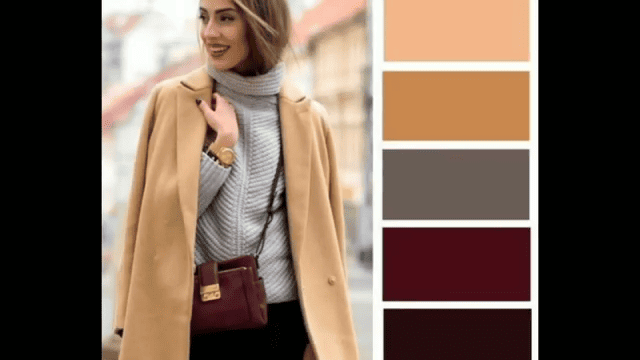
Step 3: Your Personal Style Vision Board
How to find your personal style becomes much clearer when you can visualize what inspires you. Creating a mood board or Pinterest board filled with outfits that catch your eye is like training your style eye.
Don’t just save random pretty pictures—analyze what specifically draws you to each look. Is it the oversized blazer? The way the accessories are styled? The color combination? The relaxed fit of the jeans? This analysis helps you identify your style preferences and spot patterns in what you’re naturally drawn to.
I love browsing street style photography and celebrity fashion moments for inspiration. Sites like Who What Wear and Street Style Aesthetic are goldmines for style inspiration that you can adapt to your own wardrobe.
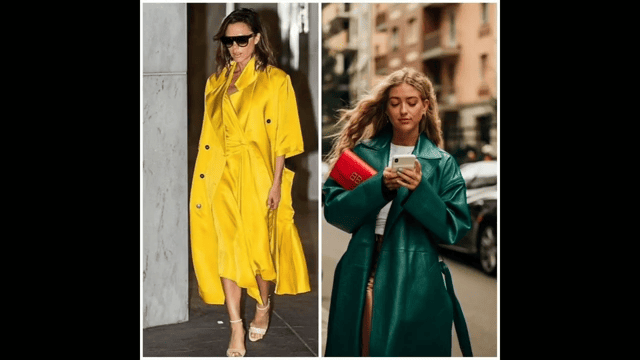

Step 4: Find Your Signature Style Element
Every woman who has mastered how to find your personal style has that one thing that makes her outfits distinctly hers. This could be:
- Always wearing statement earrings
- Having a collection of vintage band tees
- Incorporating menswear-inspired pieces
- Adding unexpected color combinations
- Wearing bold prints in unexpected ways
Your signature element becomes your style calling card. It’s what people remember about your outfits and what makes your style feel cohesive and intentional. Think about what detail or styling trick you could make uniquely yours.
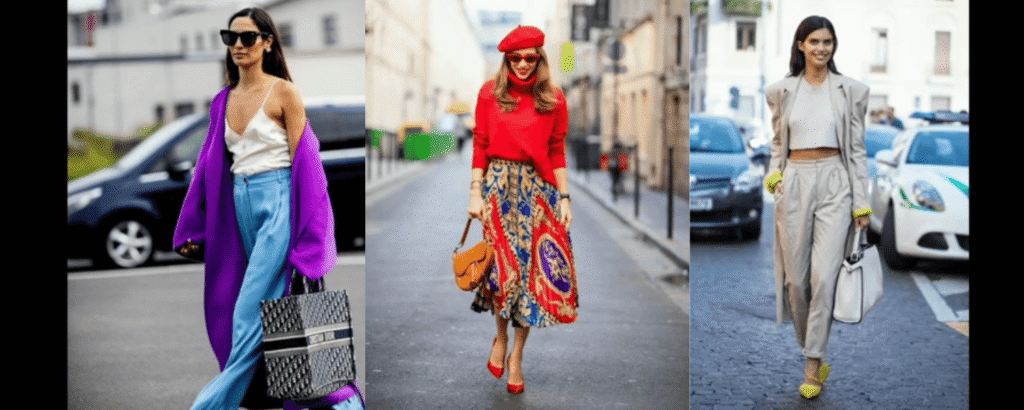
Step 5: Create Your Style “No” List
Learning how to find your personal style also means knowing what doesn’t work for you—and that’s perfectly okay! Every stylish woman has pieces or trends she simply doesn’t do, regardless of how popular they are.
Maybe skinny jeans make you feel uncomfortable, or you hate how you look in horizontal stripes. Perhaps off-the-shoulder tops aren’t your thing, or you can’t walk in super high heels. Write these down and don’t feel guilty about skipping trends that don’t serve you.
Your “no” list is just as valuable as your “yes” list because it prevents you from wasting money on pieces you’ll never wear and helps you stay true to your authentic style preferences.
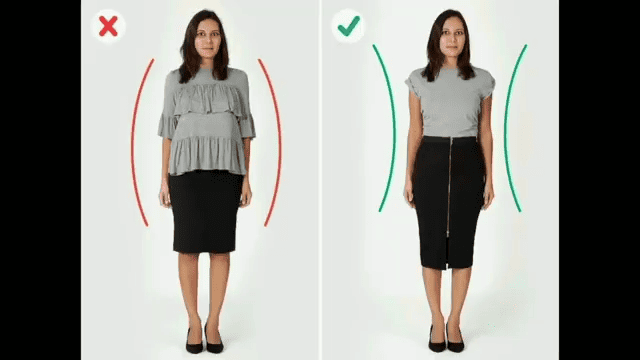

Finding Your Style Icons and Inspiration
How to find your personal style becomes easier when you have style icons to look up to. These don’t have to be celebrities—they could be fashion bloggers, your stylish friend, or even vintage fashion icons whose aesthetic resonates with you.
Create a list of 3-5 people whose style you admire, then analyze what specifically you love about their approach to fashion. Do they mix high and low pieces effortlessly? Are they masters of monochromatic dressing? Do they always look polished but approachable?
Study how they put outfits together and try adapting their styling tricks to your own wardrobe. This isn’t about copying their looks exactly—it’s about understanding the principles behind why their style works so well.
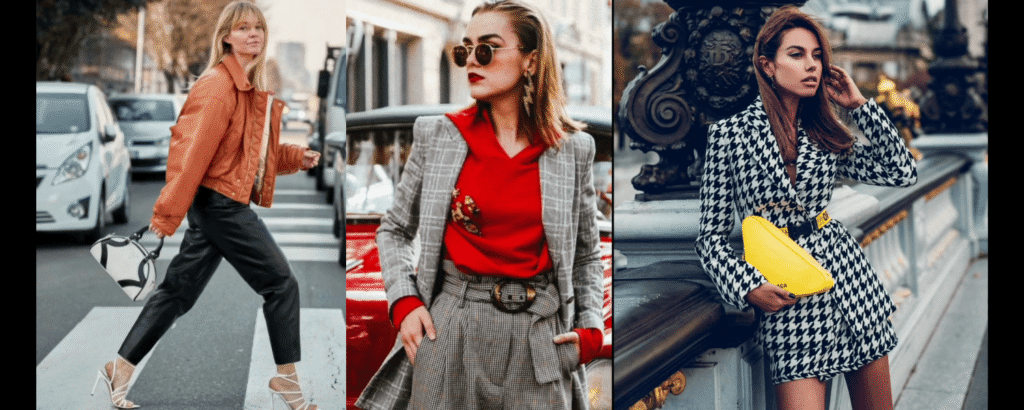
Step 7: Align Your Style with Your Lifestyle
The most important aspect of learning how to find your personal style is ensuring it actually fits your real life. Your dream style might be glamorous evening wear, but if you work from home and chase toddlers around, that’s not practical for your daily reality.
Consider your typical week:
- How many days do you work in an office versus at home?
- Do you have young children who need hands-on care?
- Are you frequently attending social events or mostly running errands?
- What activities fill most of your time?
Your personal style should enhance your life, not complicate it. If you’re a busy mom, your style might focus on elevated basics that look put-together but can handle playground duty. If you work in a creative field, you might have more freedom to experiment with trends and bold pieces.

Step 8: Building Your Signature Style Combinations
Once you understand how to find your personal style, the next step is creating your go-to outfit formulas. These are combinations that always work for you and can be mixed and matched effortlessly.
For example, your signature combinations might be:
- High-waisted jeans + fitted turtleneck + statement coat
- Midi skirt + graphic tee + denim jacket + ankle boots
- Wide-leg trousers + silk blouse + structured blazer
Take photos of outfits you love on yourself. This creates a personal lookbook you can reference when you’re feeling uninspired or rushed. Having these proven combinations takes the guesswork out of getting dressed.
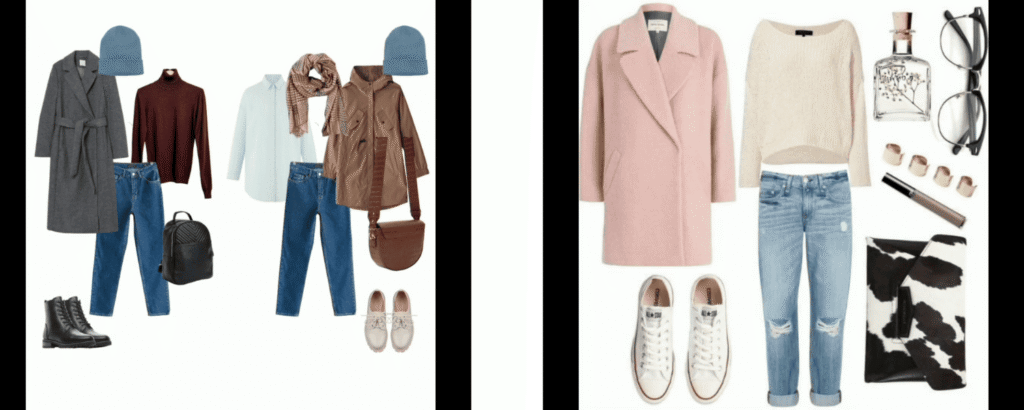
Step 9: Audit Your Current Wardrobe
Learning how to find your personal style often requires honestly assessing what you already own. Go through your closet and separate items into three categories:
Love and wear regularly: These pieces align with your emerging personal style Like but rarely wear: Figure out why—wrong fit, hard to style, or just not “you”? Haven’t worn in over a year: These probably need to go
This audit helps you identify gaps in your wardrobe and recognize pieces that don’t serve your style goals. You might discover you have plenty of tops but lack bottoms that work with your lifestyle, or you realize most of your clothes are too formal for your daily routine.
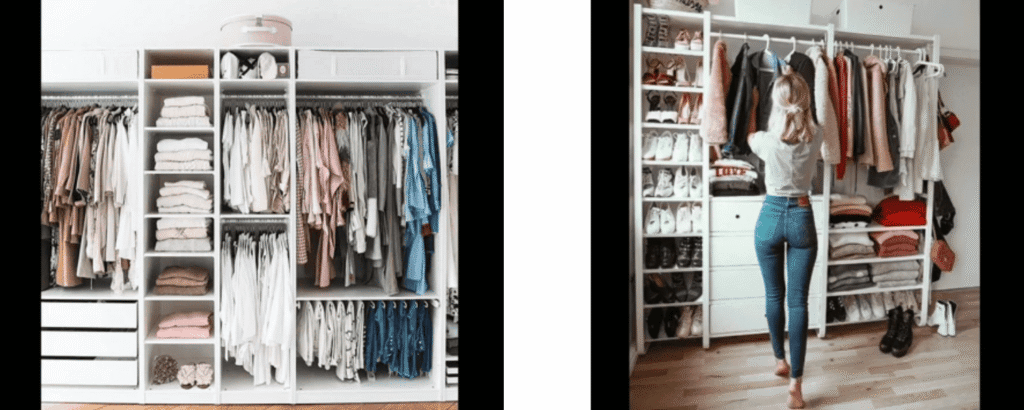
Step 10: Investing in Your Long-Term Style Foundation
How to find your personal style isn’t about constantly buying new pieces—it’s about investing in quality items that align with your aesthetic and lifestyle. Focus your budget on classic pieces that you’ll wear repeatedly rather than trendy items that’ll be outdated next season.
Your foundation pieces might include:
- A perfectly fitted pair of jeans
- A versatile blazer in your best color
- Comfortable yet stylish shoes you can walk in all day
- A coat that makes you feel amazing
According to sustainable fashion experts, investing in quality basics that align with your personal style is both economically and environmentally smart. These pieces become the backbone of your wardrobe that you’ll build upon for years.
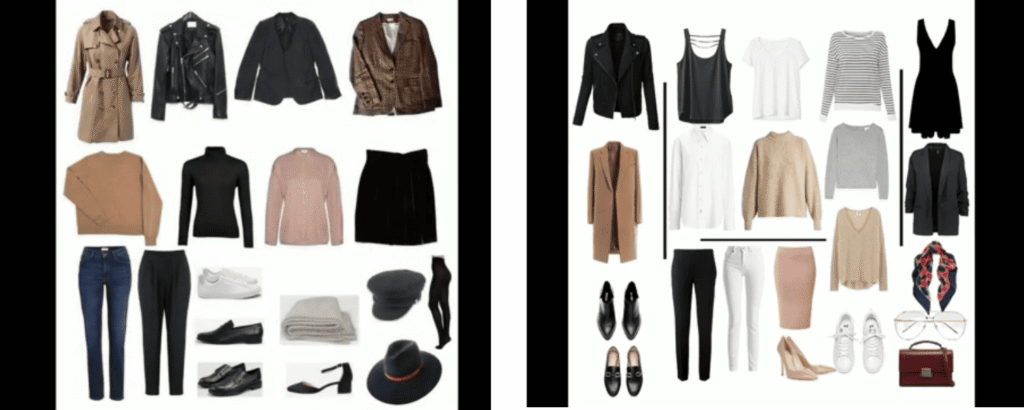
Step 11: Stay True to Yourself While Evolving
The final step in how to find your personal style is remembering that style is a journey, not a destination. Your personal style should evolve as your life changes, but it should always feel authentically you.
Don’t feel pressured to completely overhaul your wardrobe if you’re not feeling your current style. Small changes—like switching up your accessories or trying a new silhouette—can refresh your look without starting from scratch.

Your Personal Style Journey Starts Now
Mastering how to find your personal style doesn’t happen overnight, but every step you take gets you closer to a wardrobe that truly represents who you are. Remember, the goal isn’t to look like everyone else—it’s to look like the best, most confident version of yourself.
Start with one or two steps that resonate most with you. Maybe it’s creating that inspiration board or finally cleaning out your closet. Small, consistent actions will lead to a style transformation that feels natural and sustainable.
How to find your personal style is ultimately about self-discovery and self-expression. Trust your instincts, experiment with what excites you, and don’t be afraid to break some fashion “rules” along the way. After all, the best style is one that makes you feel absolutely incredible every time you walk out the door.
Your style journey is uniquely yours—embrace it, enjoy it, and remember that confidence is always your best accessory.

